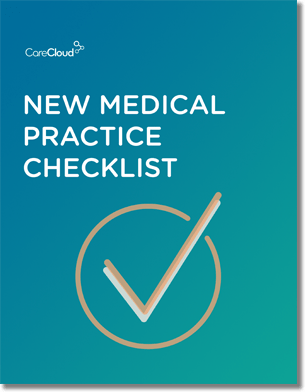While unemployment remains high and most businesses struggle to grow, the healthcare industry continues to add jobs and lead the charge in the economic recovery.
The fastest-growing occupation for college graduates in this challenging economy is a career in health information technology (IT), which ranked first among the top 10 careers listed, according to a study from the University of California San Diego Extension.
The federal government’s health IT initiatives seem to play a large role in driving the need for healthcare IT technicians. They will be necessary to facilitate the transfer of patient records from paper-based systems to electronic health records (EHR).
Medical records and health information technicians accounted for roughly 172,500 jobs in 2008, according to research from the Bureau of Labor Statistics (BLS). That number is expected to grow by 20% through 2018, adding over 35,000 new jobs.
Demand for healthcare IT employees is on the rise, but the BLS predicts home health aides will see the largest growth over the 2008-2018 period, with a projected increase of 50%.
The rapidly growing healthcare industry may be a good fit for people looking to change careers or get back into the workforce since most healthcare careers require less than four years of college, according to the BLS.
The surprising numbers on healthcare employment don’t stop there; check out the quick statistics below from the Bureau of Labor Statistics.
Healthcare by the Numbers
10 of the 20 fastest-growing careers are healthcare-related occupations.
3.2 million new wage and salary positions will be generated in the healthcare industry from 2008 to 2018 — more than any other industry.
22% – The projected increase in wage and salary employment in the healthcare industry through 2018.
11% – The estimated employment growth for all other industries combined over the same period.
22% – The estimated amount of total economic job growth that the healthcare industry will account for through 2018.
$89,390 was the average annual wage for medical practice administrators and health services managers in 2010.
The numbers may seem unexpected, but it makes sense considering the aging baby boomer population and the government’s recently changed healthcare requirements. The confluence of these factors should lead the healthcare industry to continued growth regardless of economic conditions.
Has your practice had to hire more staff to meet demands?

Do you know what you need when setting up a new medical practice?



